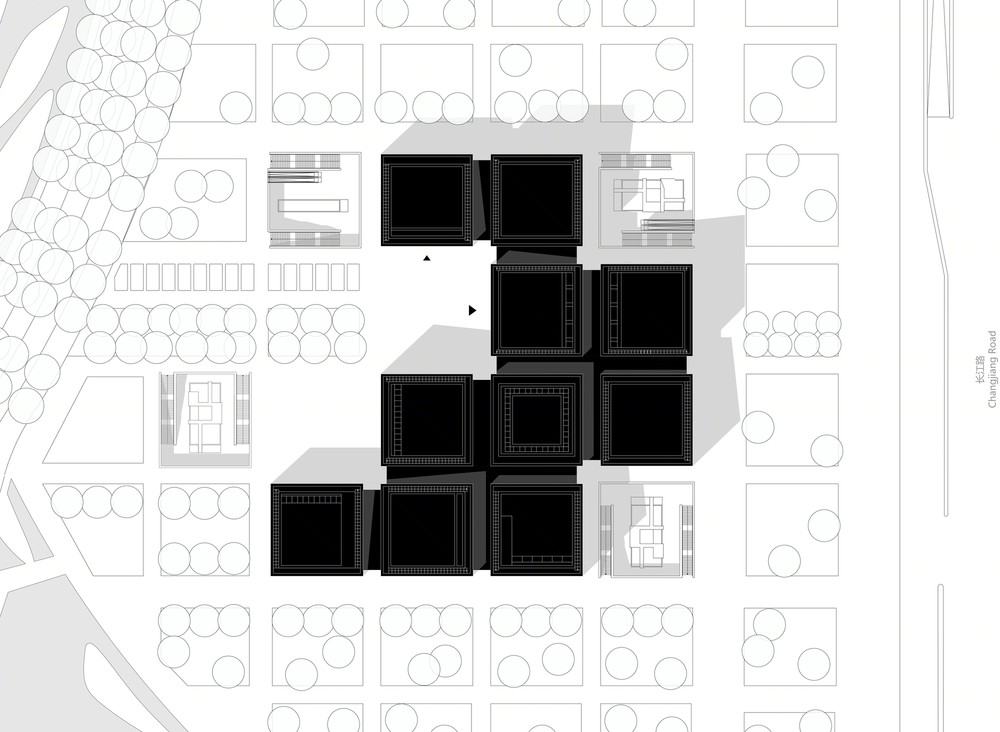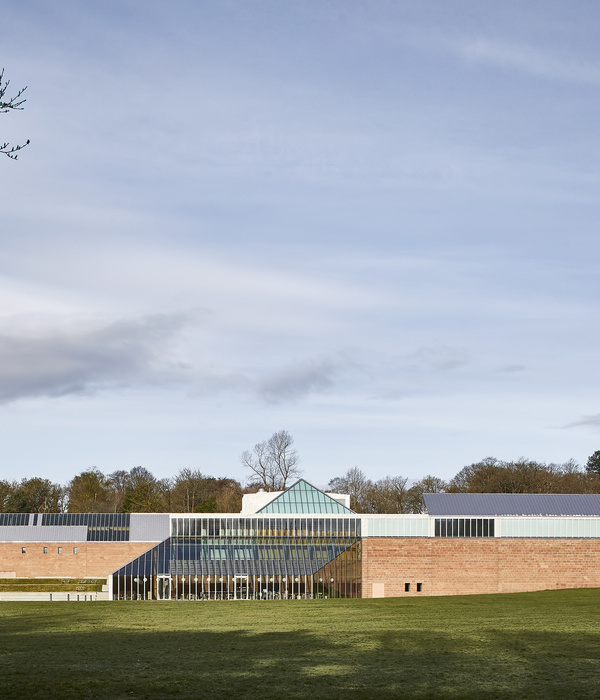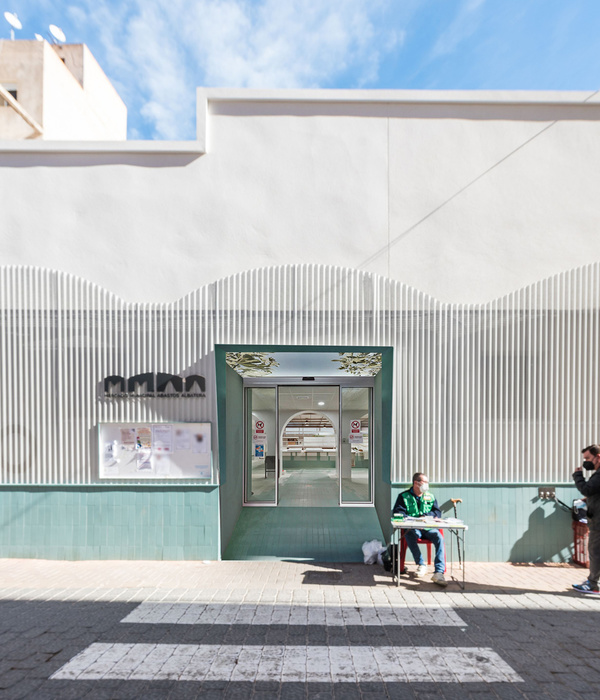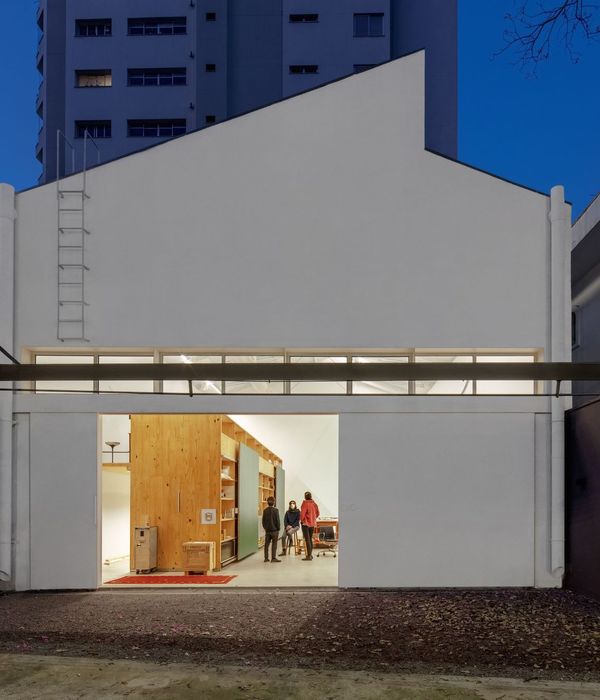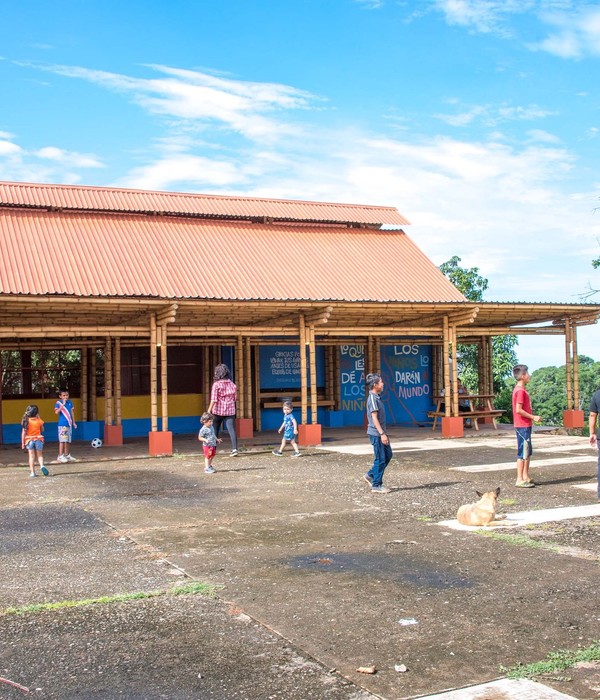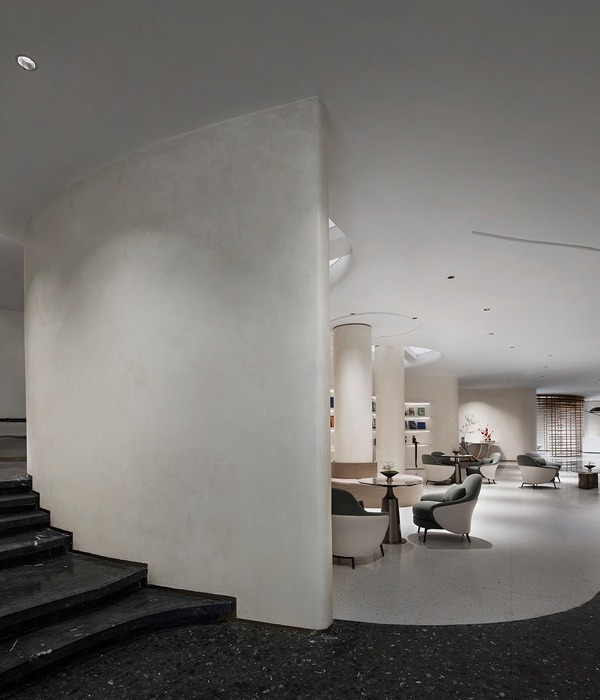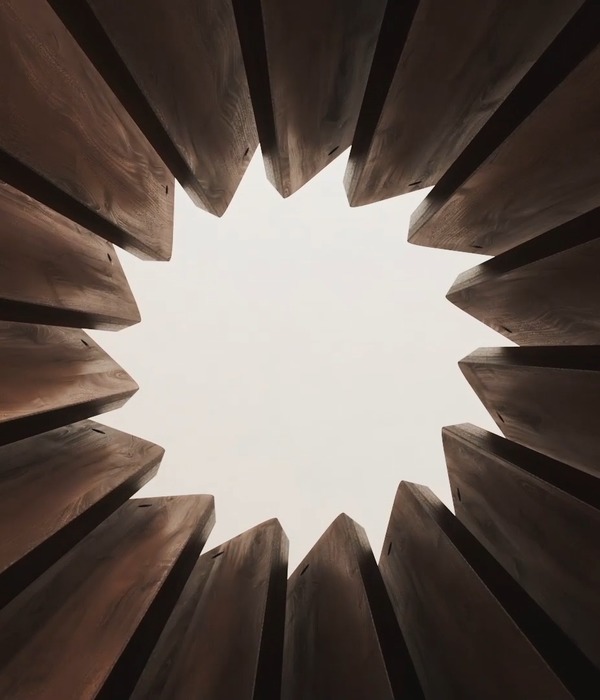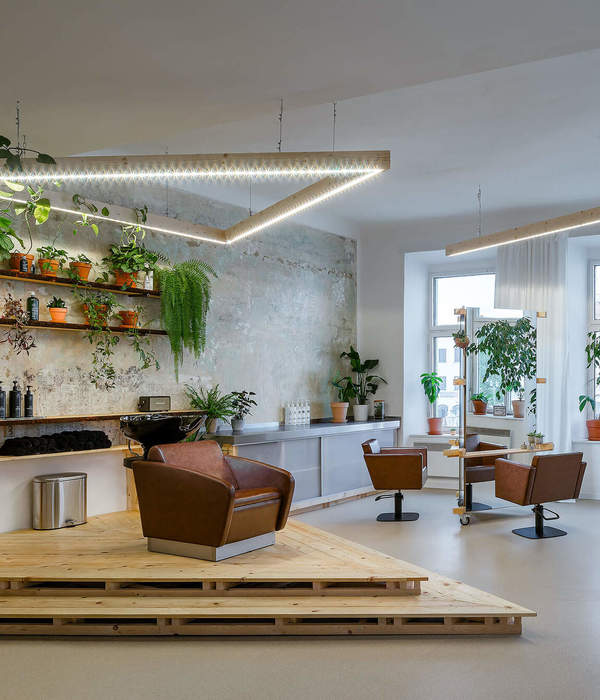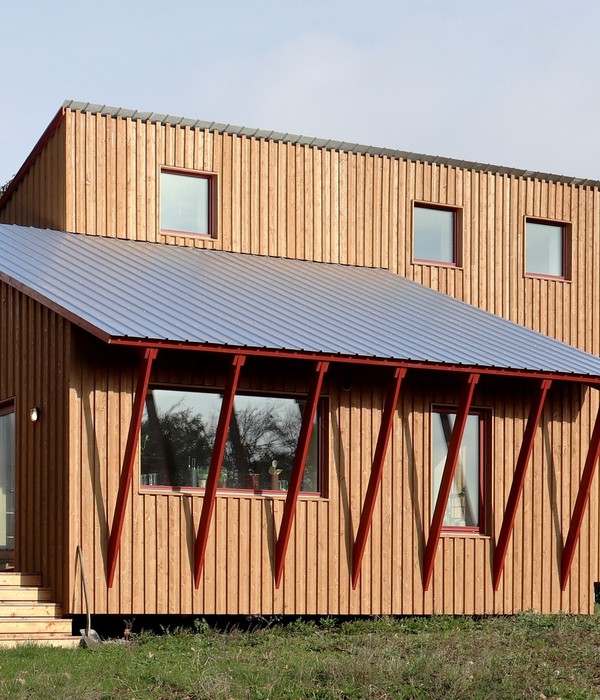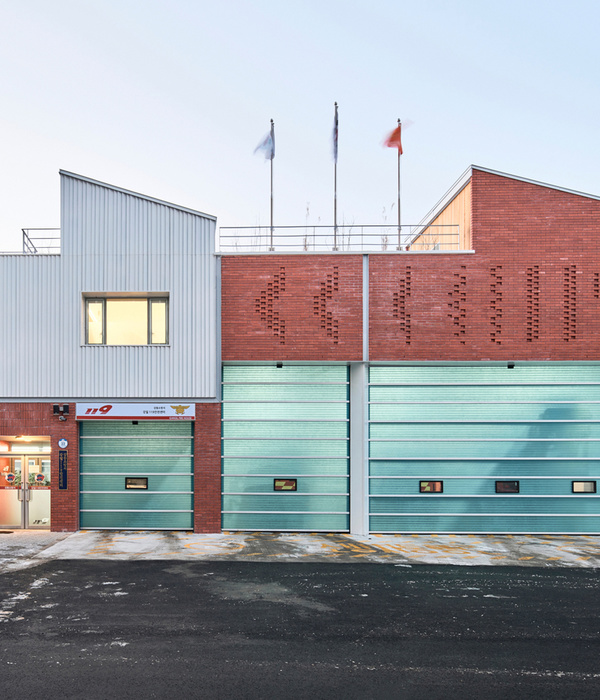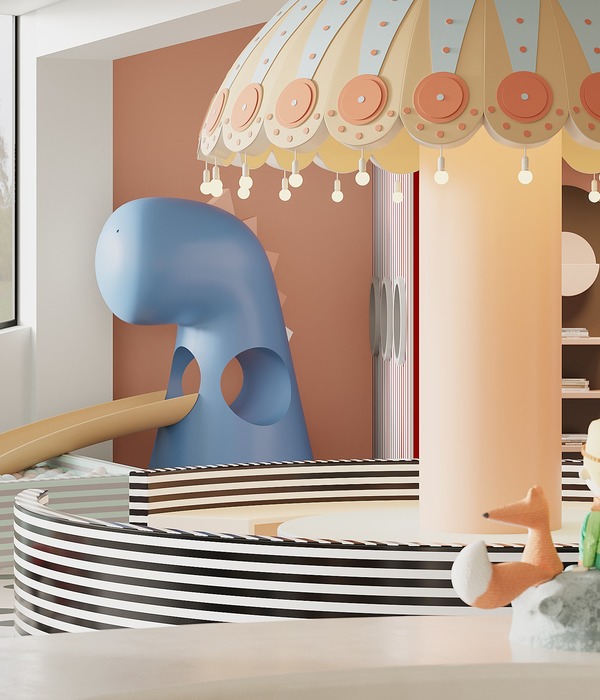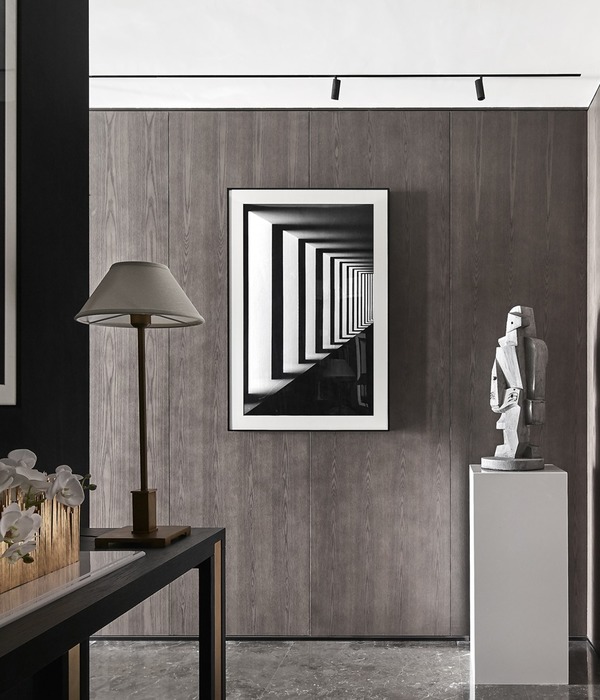苏州博物馆西馆 | 山水园林中的现代艺术宝库
The Suzhou Museum (West) is another landmark museum after Suzhou Museum, which was designed 15 years ago by Ieoh Ming Pei. Once completed, the West Museum echoing with Suzhou Museum in the east of the city will serve as an important carrier of Suzhou‘s urban culture and an important cultural landmark in the Yangtze River Delta.

gmp won the bid for the design of the West Museum in the competition organized in September 2017 and works in cooperation with ARTS Group in the implementation phase. The project began construction in March 2018 and was roofed at the end of August 2020. After four years of intensive design and construction, it will officially open before National Day 2021.

Planned with a gross floor area of 48,365 square meters and an exhibition area of 13,391 square meters on a 37,600-square-meter site in Shishan Cultural Square, Suzhou National Hi-tech District, the West Museum is envisaged as a modern museum in a larger size and with more diverse functions. It will host not only domestic exhibitions on the general history of the city, Suzhou-style handcraft products, etc. but also international itinerant exhibitions of The British Museum, an international partner of the West Museum. In addition to the planned 5G digital experience hall, the West Museum will include an experience hall for young people focusing on public education development as a significant supplement to school education and social education in Suzhou. The West Museum will take the path of staggering development and strive to be an important functional expansion of Suzhou Museum.

Shishan Square in the CBD core zone of Suzhou National Hi-tech District covers an area of 1,200 mu, with 240 mu occupied by Shishan Mountain and 160 mu by Shishan Lake. It is planned as a public open space against the backdrop of spectacular sceneries of mountains and rivers and the central urban cultural square of Suzhou. The West Museum stands in the south wing of Shishan Square, where three brand-new venues, i.e. museum, science museum, and theater, will be built in the future. Compared with the free-form large-scale theater and science museum, the West Museum is mainly intended as a cluster of small-volume buildings consisting of geometric cubes. These small cubic buildings are placed in a lush forest on the southeast of Shishan Mountain, emphasizing the organic integration with the landscape environment.

From the perspective of urban design, the architectural concept of the West Museum was inspired by the classical folk houses of Suzhou and its streets and alleys that are full of life. As a building cluster composed of cubes with a side length of 25 meters, the West Museum echoes with the traditional small-volume folk houses that date back to the Kingdom of Wu period, fitting the characteristics of museums that honor the historical legacy. The cubes are about 5.8 meters away from each other, a distance that reminds people of the narrow alleys and lanes between traditional houses. Natural stone is adopted on both inner and outer facades from the roof to the underground courtyard, contributing to a sculptural project at the foot of Shishan Mountain interpreting history and future with modern and concise architectural vocabulary.


All exhibition halls feature solid exterior walls, but the narrow lane of the glass curtain wall allows free access for visitors among them. Between exhibitions, visitors may take a break and embrace the fascinating view of the park lake and Shishan Mountain not far away. Void-solid combination adds a unique charm to the museum. The buildings are integrated into the enchanting sceneries of lakes and mountains, which are in turn embedded into the buildings. The sunken Chinese garden marked by the famous garden landscape of Suzhou is placed inside the building cluster in a way that well integrates the West Museum with the local culture and improves the overall spatial framework.
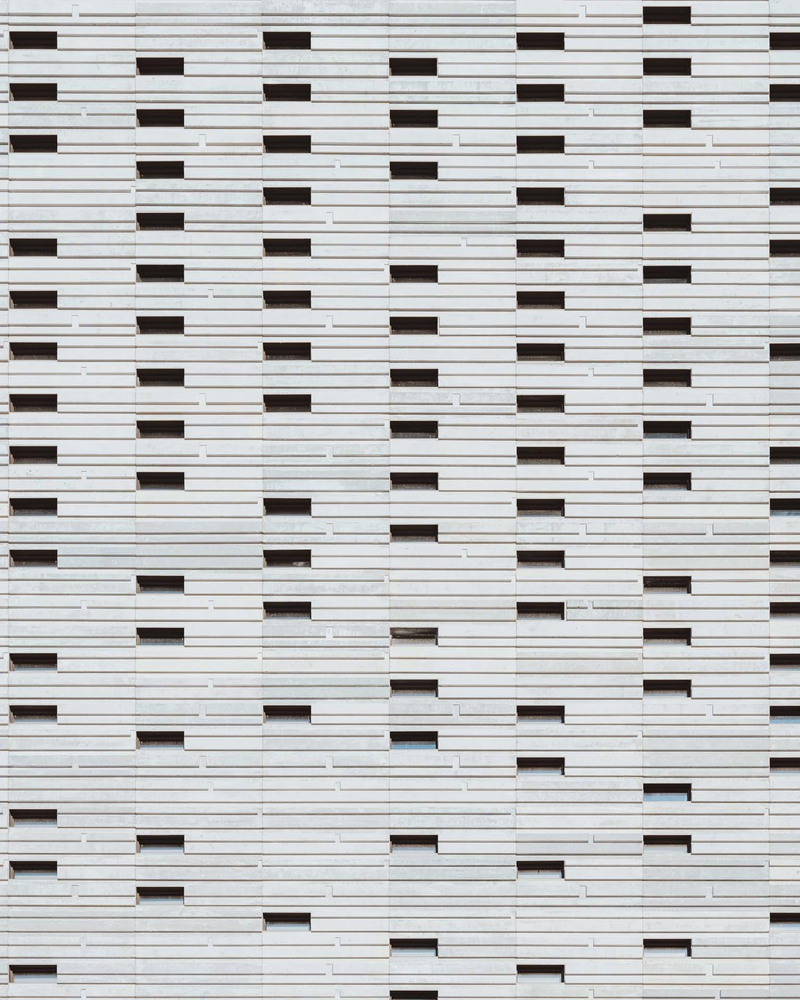
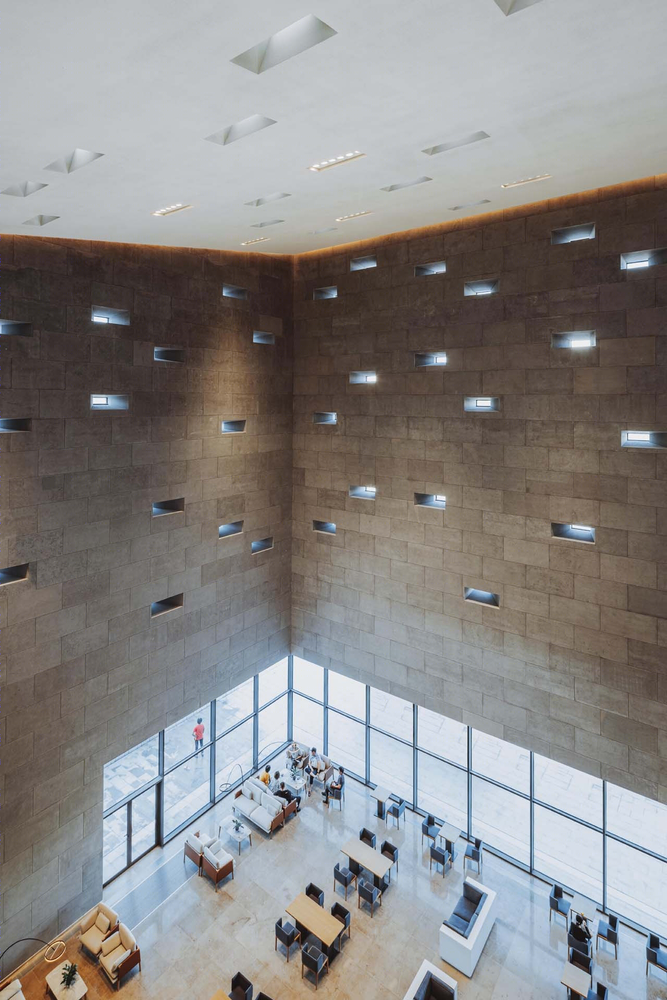
The indoor circulation routes can perfectly meet the user demands of the museum operator. The exhibition spaces may be flexibly combined and divided horizontally or vertically in a variety of ways as required by exhibition arrangements, thus accommodating both permanent and itinerant exhibitions. The interior design strives to enhance the sense of orientation of visitors in a complex space and keep them enchanted by amazing visiting experiences.

The main visitor routes extend clockwise from east to west and from north to south. The entrance hall in the middle exhibition hall facing the lake is highly ceremonial. Sunlight penetrating through dotted window holes of the towering and spacious venue makes for a unique spatial experience.

The atrium of the exhibition halls is the heart of the exhibition area, linking up all-important exhibition halls from B1 to F3 with transparent view ensured. Visitors may walk clockwise around the atrium to reach exhibition halls on any floor. There is a skylight on the top of the atrium to introduce daylight into B1. The wall and flooring continue the light-colored natural stone of the outer curtain wall.

The underground is designed with a dining hall, a lecture hall, and a shared central hall for some exhibition areas. Unlike the main entrance hall and the atrium of the exhibition halls, the shared central hall features mainly an approachable small space, where the soft decoration finish of the lounge and the transparent glass that draws the beautiful scenery of the sunken courtyard inside give rise to a warm and cozy environment.

▼项目更多图片







